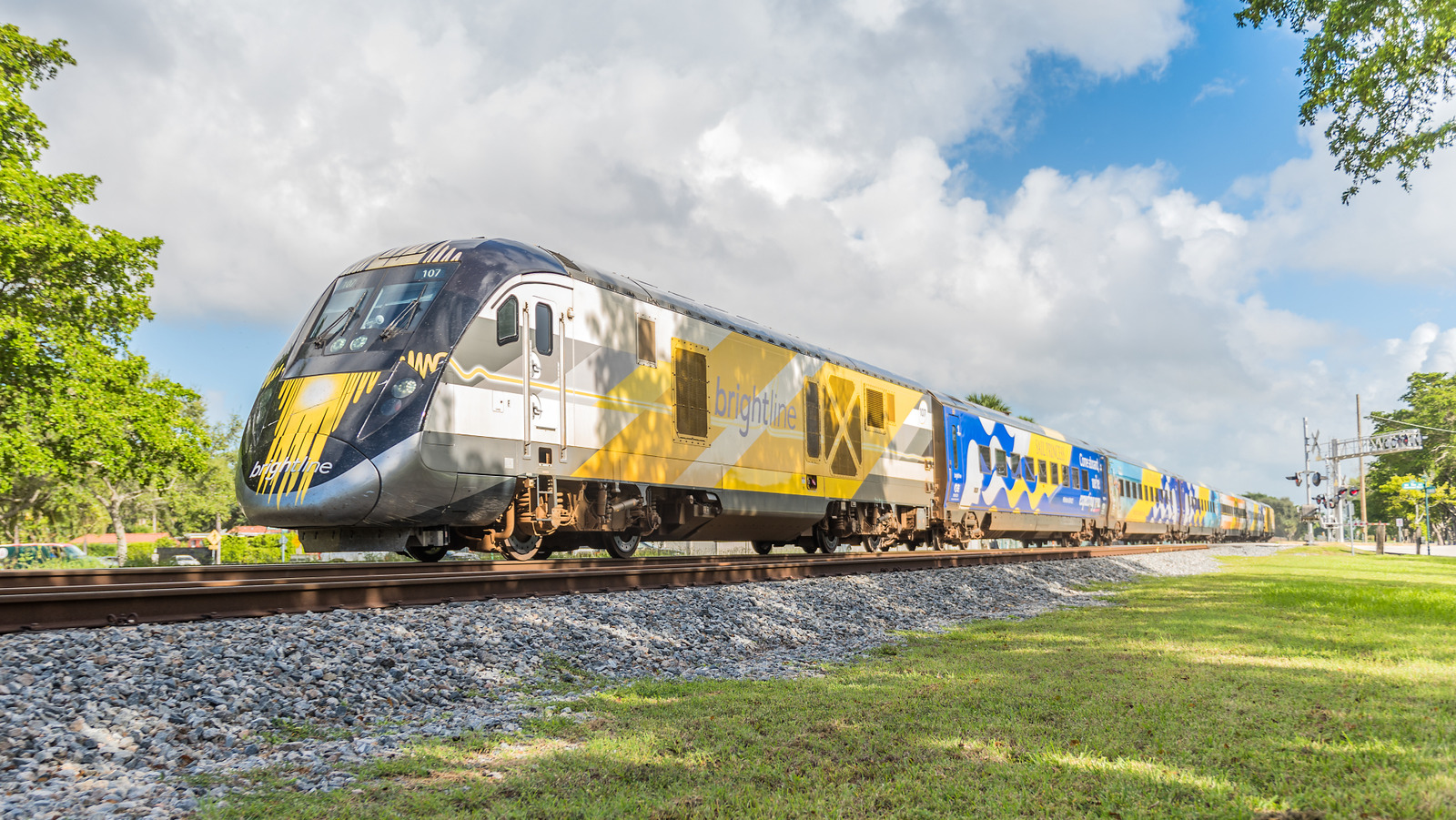Why Did Florida East Coast Railway Sue Brightline Over Track Expansion?
When two major rail companies end up in court, it’s not just legal jargon flying around—it’s about real dollars, infrastructure, and the future of transportation in Florida. The Florida East Coast Railway (FEC) recently filed a lawsuit against Brightline, claiming that Brightline’s expansion plans are stepping on contractual toes. But what’s really at stake here, and why does it matter to anyone outside the boardroom?
What’s the Heart of the Dispute Between FEC and Brightline?
At its core, the disagreement boils down to who gets to use which tracks—and under what terms. FEC owns a significant stretch of rail infrastructure along Florida’s Atlantic coast, and Brightline, a high-speed passenger rail service, has been using these tracks under a detailed agreement. According to FEC, Brightline’s latest expansion plans allegedly go beyond what was agreed upon, potentially using tracks or rights-of-way that FEC says it never signed off on.
This isn’t just a technicality. Rail infrastructure is expensive and heavily regulated. Contracts between companies like FEC and Brightline are meticulously crafted to spell out who can do what, when, and where. When one party feels the other is overstepping, it’s not just a minor annoyance—it’s a potential threat to their business model and long-term investments.
How Could This Lawsuit Impact Florida’s Rail Passengers and Communities?
If you’re a commuter or a business owner along the Brightline route, you might be wondering: Does this mean delays, disruptions, or even higher ticket prices? Legal battles like this can have ripple effects. If Brightline is forced to halt or modify its expansion, communities expecting new stations or improved service could be left waiting. On the flip side, if FEC’s claims are upheld, it could set a precedent for how passenger and freight railroads share infrastructure across the country.
According to the Federal Railroad Administration, shared-use agreements have become more common as cities look for ways to boost passenger rail without building entirely new tracks. But these arrangements are delicate. A single lawsuit can slow down progress, especially when billions in public and private investment are on the line.
What Are the Broader Implications for Rail Expansion in the US?
This lawsuit isn’t happening in a vacuum. Across the United States, there’s a renewed push for high-speed and regional rail as a greener, more efficient alternative to highways and short-haul flights. Florida’s Brightline is often cited as a model for private passenger rail, showing that it’s possible to run sleek, modern trains outside the Northeast Corridor.
But the FEC-Brightline dispute highlights a challenge: Most rail infrastructure in the US is owned by freight companies, not passenger operators. That means every new passenger service has to negotiate access, often leading to complex, sometimes contentious, agreements. When those deals break down, it can stall progress for years.
A 2023 report from the American Public Transportation Association found that nearly 60% of proposed passenger rail projects face significant legal or logistical hurdles due to shared track issues. The message is clear: If the US wants more trains, it needs clearer rules—and maybe even new models for public-private partnership.
Could This Settle Out of Court, or Is a Lengthy Battle Inevitable?
Railroad lawsuits can drag on, but they don’t have to. Both FEC and Brightline have strong incentives to find a solution. For FEC, protecting its infrastructure and business interests is paramount. For Brightline, keeping expansion on track—literally and figuratively—is crucial to its growth and reputation.
Industry insiders point to past disputes that were resolved through renegotiated contracts or third-party mediation. In some cases, state or federal agencies have stepped in to broker deals, especially when public funding or economic development is at stake. While it’s too early to predict the outcome, both sides know that a protracted legal fight could hurt everyone involved, including the communities they serve.
What Should Passengers and Local Businesses Watch For Next?
If you live or work near the Brightline corridor, keep an eye on official announcements from both companies. Service changes, construction delays, or new community meetings could signal shifts in the expansion timeline. Local governments may also get involved, especially if economic development projects are tied to new stations or improved rail access.
For businesses, especially those in logistics or tourism, the outcome could affect everything from shipping schedules to visitor numbers. Staying informed—and advocating for a swift, fair resolution—could help minimize disruptions.
The big takeaway? Rail expansion isn’t about perfection—it’s about smarter adjustments. Start with one change this week, and you’ll likely spot the difference by month’s end.


